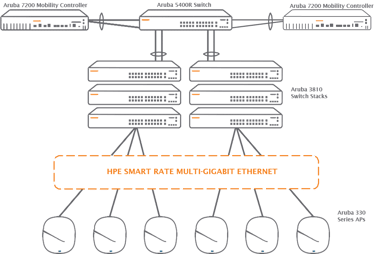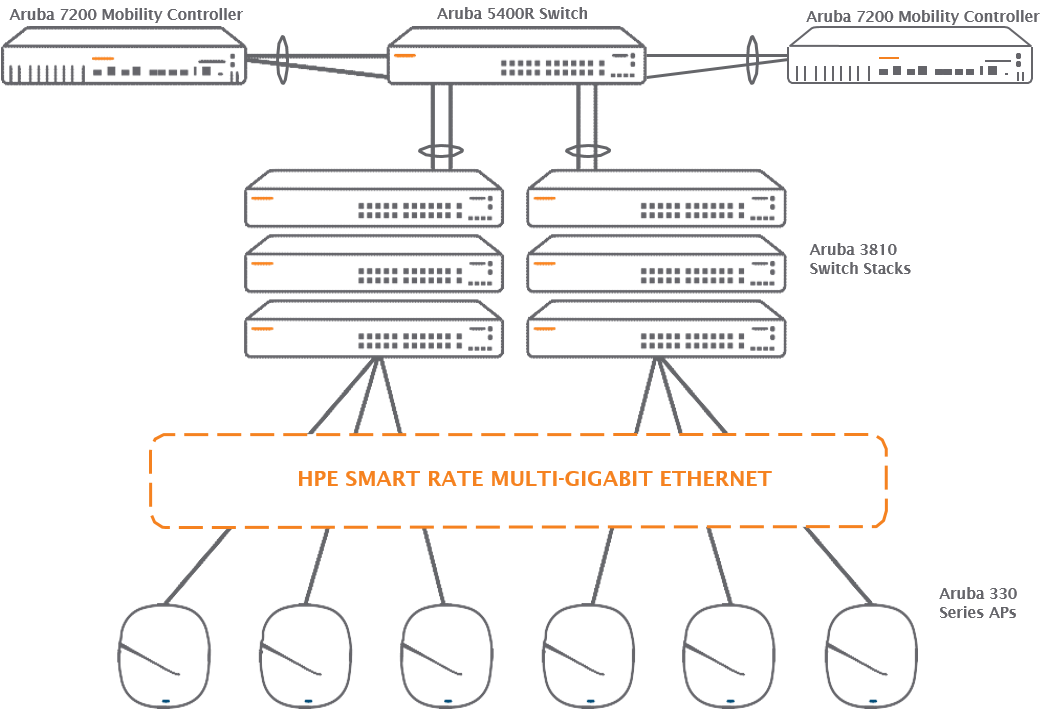With so many mobile devices in the world and that number growing rapidly with employees, clients and customers all connecting muiltiple devices at a time to your network, you are no  doubt starting to see or will start experiencing slower wireless network response times. A few years ago, it might have seemed acceptable to resolve this issue by simply restricting access - only allow guests network access on a limited basis or not at all. Preventing employees from using personal devices also seemed reasonable. If you haven't come to terms with moving on from this outdated way of thinking yet, it's time. Mobile device usage is only growing and our need to be connected via cell phone, tablet, laptop, et al. is no longer a personal decision, but necessary for success in most businesses.
doubt starting to see or will start experiencing slower wireless network response times. A few years ago, it might have seemed acceptable to resolve this issue by simply restricting access - only allow guests network access on a limited basis or not at all. Preventing employees from using personal devices also seemed reasonable. If you haven't come to terms with moving on from this outdated way of thinking yet, it's time. Mobile device usage is only growing and our need to be connected via cell phone, tablet, laptop, et al. is no longer a personal decision, but necessary for success in most businesses.
But, you still have the problem of the poor network performance with too many users and not enough bandwith.
An organization with a 1000 employees built their infrastructure to support 1000 devices. Today, those same companies with 1000 employees are now supporting 2000-3000 devices. This changes the way we architect our network infrastructures.
When 802.11ac came on the scene, relief was found! The new WiFi standard increased performance over the previous 802.11n specification, providing three times the speed, better range and reliability and more WiFi bandwidth on mobile devices. Now, 802.11ac Wave 2 takes it a step further and boosts network efficiency and provides backwards compatibility with 802.11a and n. However, just installing new 802.11ac access points does not solve all of our performance issues. We also need to review our wired infrastructure and network uplinks and internet connections.
So, you understand the technology exists. Now, how do you deploy 802.11ac Wave 2?
With clients connecting at higher speeds, we need more bandwidth from the Access Point into our networks and Wave 2 performance creates a huge problem. Today’s cabling infrastructure was designed for Gigabit Ethernet speeds and moving up to 10 Gigabit Ethernet has often required extensive wiring upgrades. Fortunately, an emerging standard for multi-Rate-gigabit Ethernet is underway that delivers both high speed and power for 802.11ac Wave 2 devices while using existing CAT5e and CAT6 twisted pair wiring (with Ethernet distances). It also saves the rip and replace expense and complexity of a new cabling infrastructure. Aruba, a Hewlett Packard Enterprise company, calls this new multi-gigabit Ethernet technology, HPE Smart Rate.
expense and complexity of a new cabling infrastructure. Aruba, a Hewlett Packard Enterprise company, calls this new multi-gigabit Ethernet technology, HPE Smart Rate.
Smart-rate ethernet provides high performing access points that can push Gigabit and, with Wave 2, even higher speeds (2.5Gbps and 5 Gbps) through your networks. In a typical IDF/Closet it is not uncommon to have 40 Access points connected to your switches.
So, imagine 40 access points with a 2.5 Gbps connection back to your IDF switches. That’s 100Gbps of potential performance needed for your backbone just for wireless. And since wireless is utilized more than wired connections we have a bandwidth problem. With wireless and switching technologies we are now able to cost effectively build high performing Wave 2 wireless networks as well as preparing wired infrastructure with 10Gbps and 40Gbps backbone connections at a reasonable cost.
Resilient can help…
Resilient can work with your organizations to help architect or build these next generations wireless and wired networks. With a little information and no cost we can show you a design to take advantage of Wave 2 wireless.




